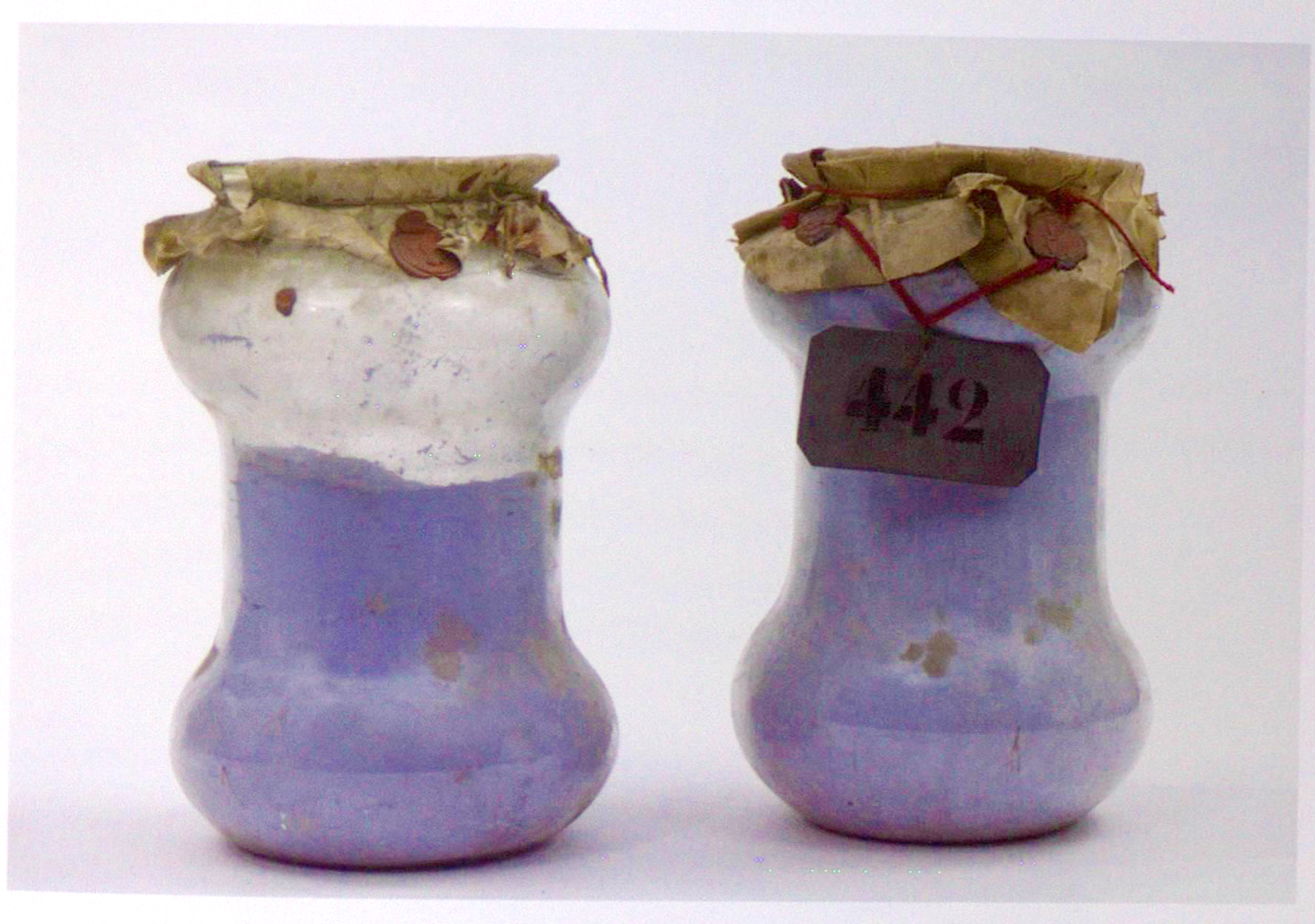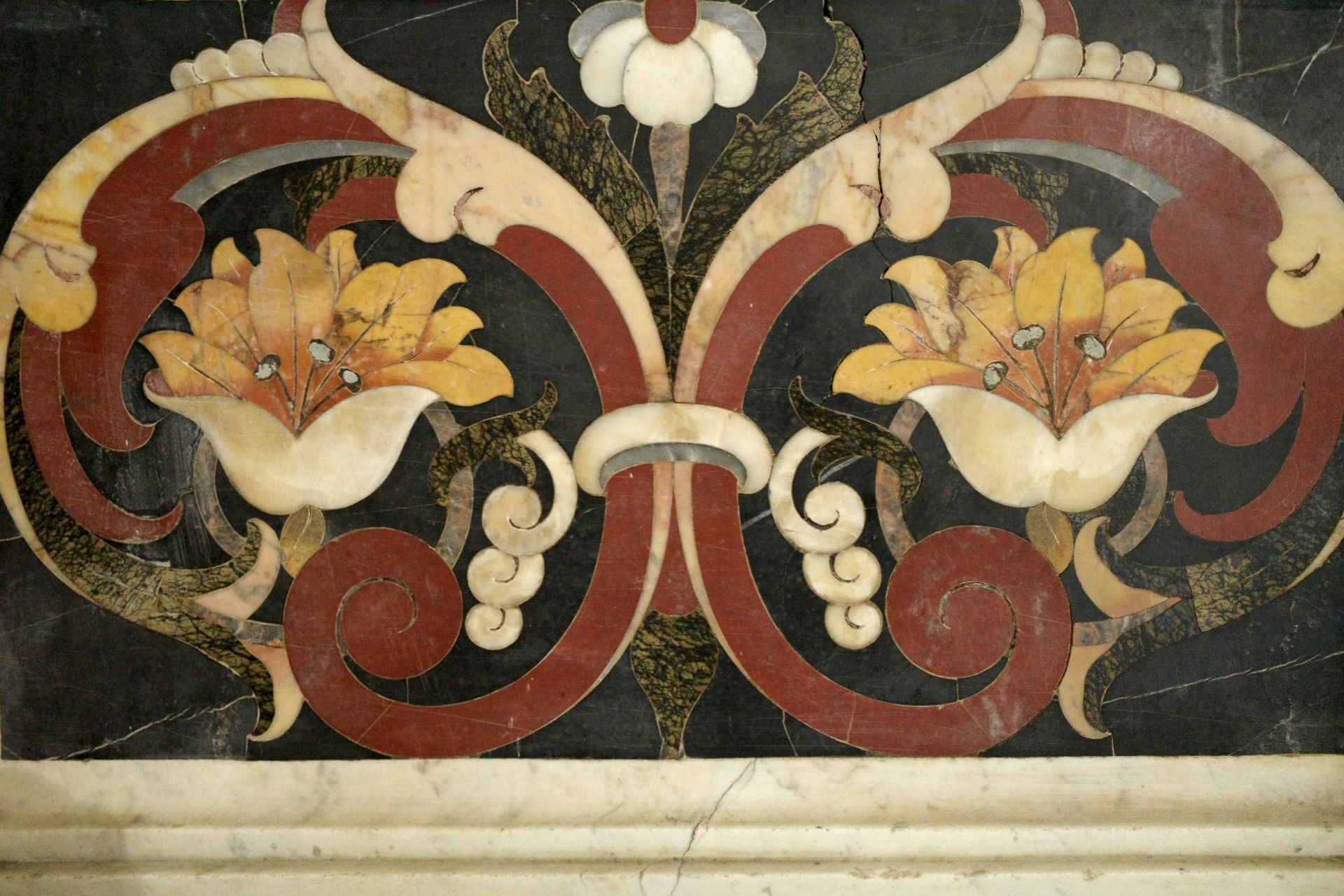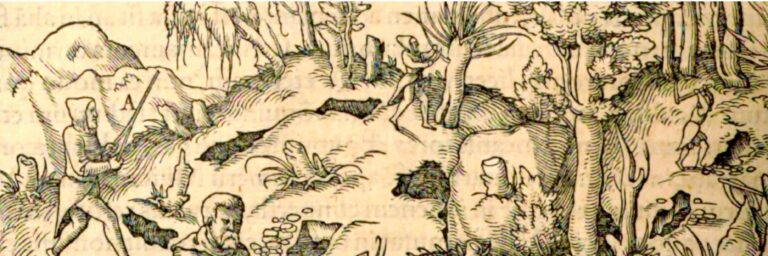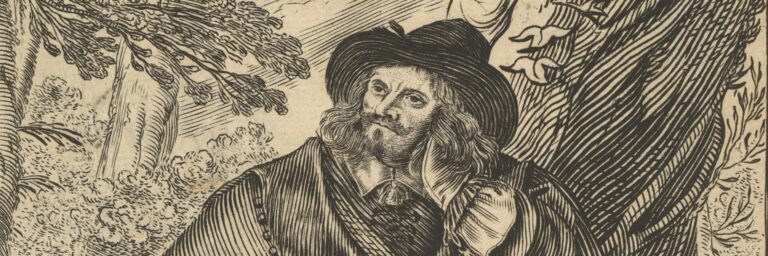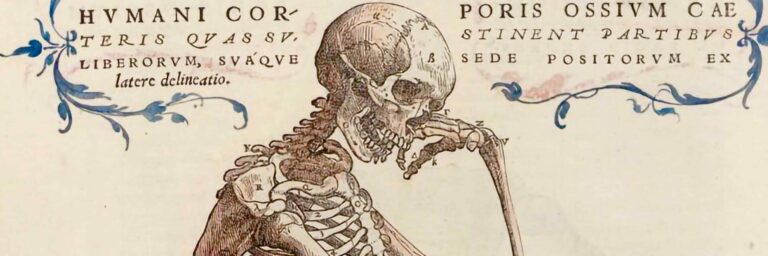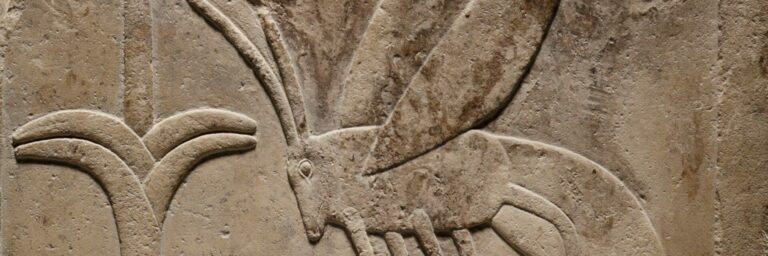New Perspectives on Early Modern Earth Sciences
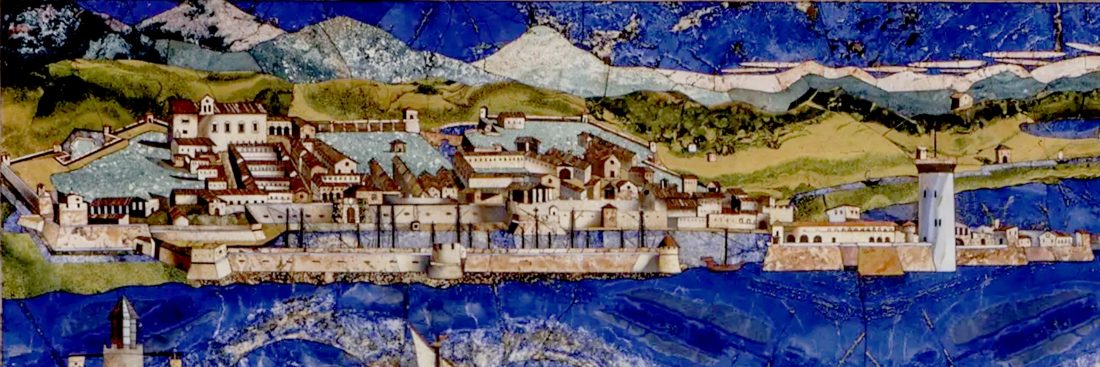
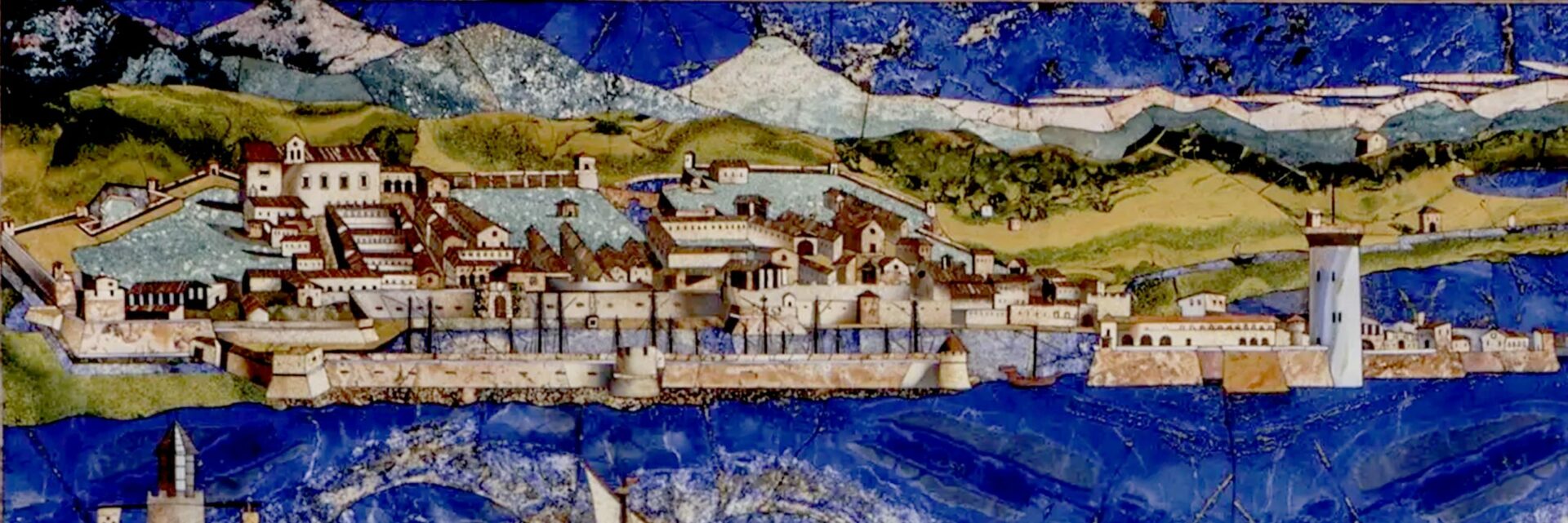
FORMA FLUENS
Histories of the Microcosm
New Perspectives on Early Modern Earth Sciences
Earthy Abrasion as Artisanal Geology
in Hardstone Inlay
Wenyi Qian
University of Toronto
Santorio Fellow

One of the technical and material cores of hardstone inlay, or pietre dure, as it was practiced from late sixteenth century onwards in Italy, lies in the act of abrasion, a material operation and labour-intensive process resulting from the interaction between three material entities—the abrasive emery (called smeriglio in period literature), mixed with water, that attacks the surface and inner structure of semi-precious hardstones.
Through naming the process abrasion as opposed to the generic “cut”, I call into attention the materiality and physicality of the abrading act, the use of a particularly hard mineral in pulverized form, and the structure and politics of labour that relies on the daily capturing of ships, goods and human captives from the Ottoman Empire and North Africa in the post-Lepanto Mediterranean.
This emphasis on the physics and materiality of abrasion is guided by Pliny the Elder, who privileged the abrasive over the hand-held instrument of bow saw as the material agent effecting the lithic cut. “The cutting of the marble,” Pliny tells us, ”is effected apparently by iron, but actually by sand, for the saw merely presses the sand upon a very thinly traced line, and the passage of the instrument, owing to the rapid movement to and fro, is in itself enough to cut the stone.”[1]
In hardstone inlay, the abrasive commonly used is emery, it is a mineral mixture of corundum and other iron-bearing minerals such as spinel and magnetite, whose hardness satisfies the need for cutting semi-precious hardstones thanks to the obdurate quality of corundum itself. Since antiquity and through to the early modern period, it is mostly mined in the island of Naxos (then controlled by the Ottoman Empire). When Filippo Baldinucci described the material as connected to Smyrna in his Vocabolario Toscano del Arte del Disegno, he likely was referring to the Medicean commerce with the Ottoman empire on a range of staple goods including emery.[2] Emery in the art of commesso became exclusively used in its powdered form and coupled with the use of a bow saw lined with metal strings to cut through the thin slabs of stones under lengthy durations.
In describing this technique, Giorgio Vasari notes in detail that the cutting process “proceed[s] and consume[s] the stone little by little with a copper saw without teeth pulled by the arms of two men, which, with emery reduced into powder and with water that continuously keeps it soft, finally cuts it.”[3] Vasari notably mentioned the sand and water in two parallel clauses, endowing both materials with equal importance.
A list of tools shipped from Pisa to Livorno in 1622 further reveals how managing the matter’s fluidity became a conscious workshop issue. The provision includes also several boxes placed beneath the saw to receive emery dripping from the stone slabs so that it does not fall on the ground.[4] This detail could point to a proactive practice of recycling a material that is indispensable yet by definition fugitive and ephemeral.
Within this conscientious mixture of sand and water to form an ideal abrasive lies what I would like to call a “watery cycle” in the art of hardstone inlay. I believe the technical function of water in the stonecutting operation could be summarized as threefold—thermal regulation, fluid conveyance and sedimentation. In discussing the cognate technique of polishing gemstone, Marjolijn Bol argues that the inclusion of water within the material composition of the abrasive serves the function of keeping the temperature low during the frictional acts of abrasion, as heat could cause damage on the lithic surface.[5] That artisans in the early modern period knew of the effect excessive heat could have on lithic materials is manifested inversely by the revival at the turn of the seventeenth century of a particular technique used in ancient Roman opus sectile—that of firing giallo antico to change its hue from bright yellow to the darker shades of orange and red.[6] Consequently, the slowness of cutting could be seen as not only dictated by the hardness of materials, but also motivated by an artisanal understanding of how to avoid unwanted heating.
But this explanation only focuses on the thermal effect of water, when early modern theorists such as Vasari stressed the tactility and material property of moisturized softness (“molle”). Fluid conveyance, in a direct echo with geological processes of erosion and abrasion, designates the rhythmic influx of liquidity that acts as a moving medium through which to facilitate the contact between the abrasive and the slab that needs to be cut.
Lastly, sedimentation, another geological process, allows pulverized particles to settle. That is, water creates a gravitational pull to pulverized matter and thus counteracts its air-borne potential, which during the preli-
Wenyi Qian is a PhD candidate in art and material culture of early modern Italy. Her dissertation is a cultural history of hard stone inlaid tables in the late Cinquecento and Seicento Italy. She holds a BA in History of Art with Material Studies and an MA in History of Art from University College London. Prior to entering the Department of Art History at the University of Toronto, she interned at the Museum of Fine Arts, Houston, and worked as a convenor of academic programs at OCAT Institute, Beijing. This latter experience led to her long-standing interest in art historiography, both in its European and transnational contexts, and more recently beyond the intellectual and linguistic backgrounds to include its medial and technological practices. She is also a multi-lingual translator and book reviewer for the Chinese academic community.
minary stage of reducing emery into dust created health hazards for labouring captives in coastal cities such as Pisa and Livorno.[7]
If water is essential in the stone-cutting process, it is also indispensable in prolonging the life of emery in subsequent craft procedures. Most notably, the principle of sedimentation is extended into the adjacent technique of levigation, crucial in the reuse and recycling of abrasive for filing lithic contours and adding chromatic sheen to stone surfaces. Levigation then involves the suspension of abrasive within the water to separate out the finer powder (which floats in the middle) from the coarser one (which is dragged down to the bottom)—often in running water. Invisible and elusive as emery and water, I consider them fundamental for us to regain access to the logic of an ecological cycle of materials and material engagement within the hardstone workshop.
In Suzanne Butters’ indispensable monograph on the technique of cutting porphyry in Medicean Florence, she evocatively remarked on the fact that the particular method of carving hardstones was ill-located within the conceptual landscape of early modern artistic media and sculptural practice.[8] Instead of a purposive working against stones to search out an inner form, or with soft materials to create modelling, abrasion is too detail- and material-oriented, and does not allow for enough space of an imposition of artistic form upon the material.
While abrasion was previously mostly a supplementary artisanal operation, hardstone inlay as developed from the late sixteenth century onwards elevated (perhaps to its own detriment) the material act of abrasion into an overarching technical principle. If artistic literature marked abrasion as negative, marginal and quasi-invisible, period literature on geology and meteorology seemed to precisely shore up such discarded material analogies in order to articulate a discourse of geological formations as crafted objects and nature as sculptor.
In his revisionist history of early modern geological thought, Ivano Dal Prete points to a late medieval and early modern vernacular discourse of the earth that acknowledges the depth of geological time.[9] While his analysis focused largely on the visuality of natural observation and representation by artisans, artists and environmental practitioners such as water prospectors and miners, I would like to stress the ways in which artisanal understanding of material processes filtered through descriptions of geological processes, making craft terminologies a particularly apt tool for forging concrete analogies between art and nature.
A shared lexical field of abrasion as “artisanal geology” is first borne out of an unassuming verb used by Vasari to register the gradual diminution of material surface — consumare. The same verb—used in the reflexive form (si consuma, consumarsi)— is also the most frequent term used to describe mountainous erosion across a range of geological texts.[10] This overlap in lexical choice shows how artisans-authors registered geological erosion and lithic abrasion as processes that unfold through a similar material logic.
Analogy between sculptural relief and geomorphology already appeared in the thirteenth-century treatise written by the goldsmith and artisan Restoro d’Arezzo, La Composizione del Mondo.[11] Leonardo furthered this analogy by adopting a range of artisanal terminologies derived from the processes of polish and levigation. Besides “consumarsi”, he also used levificato (“il levificato lato della terra al continuo s’inalza”, the smoothed side of the earth continues to rise up) and spianarsi; levigare would appear constantly in descriptions of commesso process.[12] Tellingly, sixteenth-century geological treatises often resort to analogy with art when describing the elemental power of water in the formation of mountains.
In Valerio Faenzi’s Latin treatise De montium origine (1561), Faenzi deployed for the only time within the treatise an analogy with artifice and artistic creation when explaining the role of water (linked to astral forces as its primary causes) in creating mountain range and valleys.
The river in fact flows towards the hillside in an artful way so much so that it once covered a hollowed-out plain like a great flood, then the modest watercourse flows into the depth of valley and with its course that seems almost like the product of imitation of art, indicates to the observers that those hills arise from water.[13]
This passage attributes an active and creative agency to water in carving the mountain range, an idea most evocatively developed by Agricola in De Ortu et Causis Subterraneum, where he recast hydrological erosion as a decidedly creative, dynamic, and active process.[14]
Arguably then, while artistic theory trivialized the earthy abrasion of hardstone inlay as inconsequential, early modern natural philosophers and artisans recuperated this material logic to articulate the trope of nature as sculptor. Herein lies the convergence between the artisanal and the geological, the hardstone workshop and the larger natural environment—both relying on the fortuitous yet agentive combination of earth and water.



